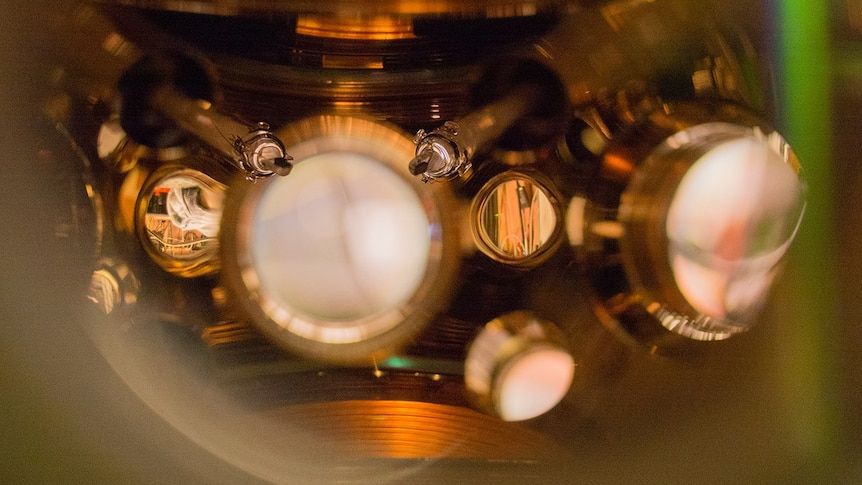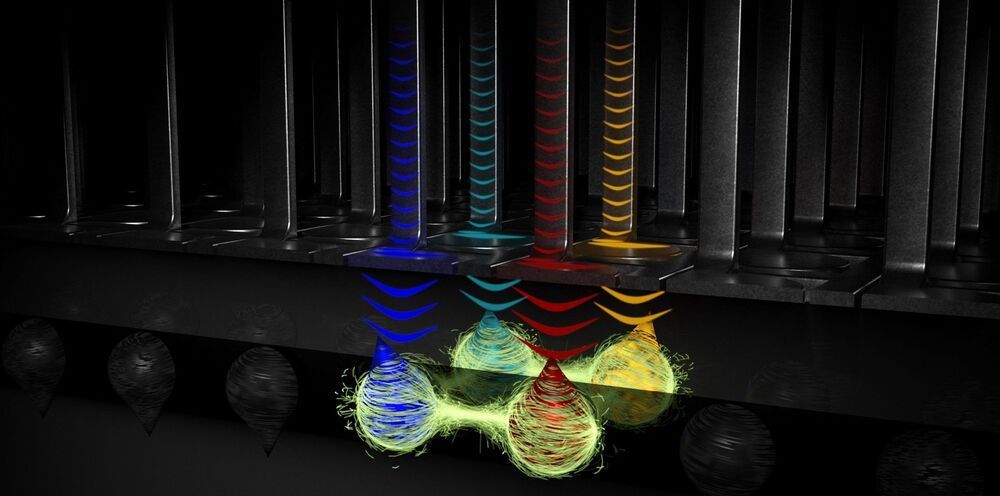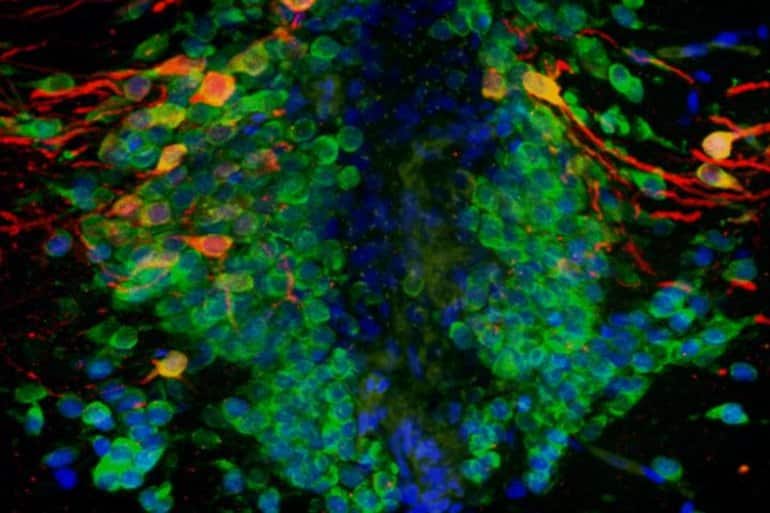These clocks could, in theory at least, keep time so accurately they’d gain or lose less than a second over the entire age of the universe.



Researchers using NASA’s upcoming James Webb Space Telescope will map and model the core of nearby galaxy Centaurus A.
As technology has improved over the centuries, so have astronomers’ observations of nearby galaxy Centaurus A. They have peeled back its layers like an onion to discover that its wobbly shape is the result of two galaxies that merged more than 100 million years ago. It also has an active supermassive black hole, known as an active galactic nucleus, at its heart that periodically sends out twin jets. Despite these advancements, Centaurus A’s dusty core is still quite mysterious. Webb’s high-resolution infrared data will allow a research team to very precisely reveal all that lies at the center.

Physicists from the LHCb Collaboration at CERN’s Large Hadron Collider (LHC) have observed four new exotic particles: Zcs (4000)+, Zcs (4220)+, X(4685), and X(4630). The new results provide grist for the mill of theorists seeking to explain the nature of tetraquark binding mechanisms.
“Hadrons discovered in the 1950-60s, the pioneering years in particle physics history, were called elementary particles till their structure was finally understood in the framework of quark model,” the LHCb physicists said.



The first house on the moon, an ambitious space-saving alternative to life on crowded Earth, could cost an out-of-this-world $60 million, according to a new study.
That’s an estimated $320000 monthly payment for 1356 square feet of interior space, so if you want to go big, stay home.
The study, conducted by the UK finance site Money.co.uk, used SpaceX’s blastoff weight pricing to estimate what it would cost to bring materials, tools and laborers to the moon to begin the work. It also factored in the costs of new technology that architecture on the moon would require for life support and other factors.

The heart of any computer, its central processing unit, is built using semiconductor technology, which is capable of putting billions of transistors onto a single chip. Now, researchers from the group of Menno Veldhorst at QuTech, a collaboration between TU Delft and TNO, have shown that this technology can be used to build a two-dimensional array of qubits to function as a quantum processor. Their work, a crucial milestone for scalable quantum technology, was published today (March 242021) in Nature.
Quantum computers have the potential to solve problems that are impossible to address with classical computers. Whereas current quantum devices hold tens of qubits — the basic building block of quantum technology — a future universal quantum computer capable of running any quantum algorithm will likely consist of millions to billions of qubits. Quantum dot qubits hold the promise to be a scalable approach as they can be defined using standard semiconductor manufacturing techniques. Veldhorst: “By putting four such qubits in a two-by-two grid, demonstrating universal control over all qubits, and operating a quantum circuit that entangles all qubits, we have made an important step forward in realizing a scalable approach for quantum computation.”

Gelsinger will spend an initial $20 billion on two new plants in Arizona to support Intel’s attempt to break into the foundry business. Intel plans even more factories in the U.S., Europe and elsewhere, with the CEO pledging that the majority of the company’s chips will be manufactured in-house.
Intel Corp. unveiled an ambitious bid to regain its manufacturing lead by spending billions of dollars on new factories and creating a foundry business that will make chips for other companies. The stock jumped about 5%.
